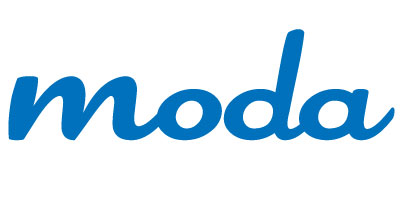HANDGEWEBT AUF DEM TIBETISCHEN PLATEAU
Norlha wurde 2007 von Mutter und Tochter Kim und Dechen Yeshi gegründet und ist das erste Yak-Khullu-Atelier des tibetischen Plateaus.
Unsere Produkte werden von ehemaligen Nomaden handgefertigt, die seit Generationen gesponnen, gewebt und gefilzt haben.
Wir glauben an die Balance zwischen moderner Technologie und traditionellem Wissen, um dauerhafte, schöne Stücke zu schaffen und gleichzeitig unsere lokale Gemeinschaft zu unterstützen.
[HR][/HR]
[HR][/HR]
[HR][/HR]
DAS HEILIGE YAK
Das Yak ist das Hauptrind auf dem tibetischen Plateau. Das Yak, ein stark gebautes gehörntes Tier mit einem sperrigen Rahmen, robusten Beinen und abgerundeten gespaltenen Hufen, zeichnet sich durch langes zotteliges Haar aus, das unter dem Bauch herunterhängt, und eine dichte daunenartige Unterwolle. Der heimische Yak oder Bos Grunniens (grunzender Ochse) ist ein direkter Nachkomme des viel größeren wilden Yaks Bos Mutus (stummer Ochse), der heute eine vom Aussterben bedrohte Art ist, die hauptsächlich in den nördlichen Ebenen Zentraltibets vorkommt. Das Yak hat sich an große Höhen angepasst und gedeiht auf 3000 Metern und darüber. Derzeit gibt es 13 Millionen Yaks auf dem tibetischen Plateau und darüber hinaus, in der Mongolei, in Ostrussland, in den Himalaya-Regionen und in Teilen Zentralasiens.
Das Buch zum Thema

